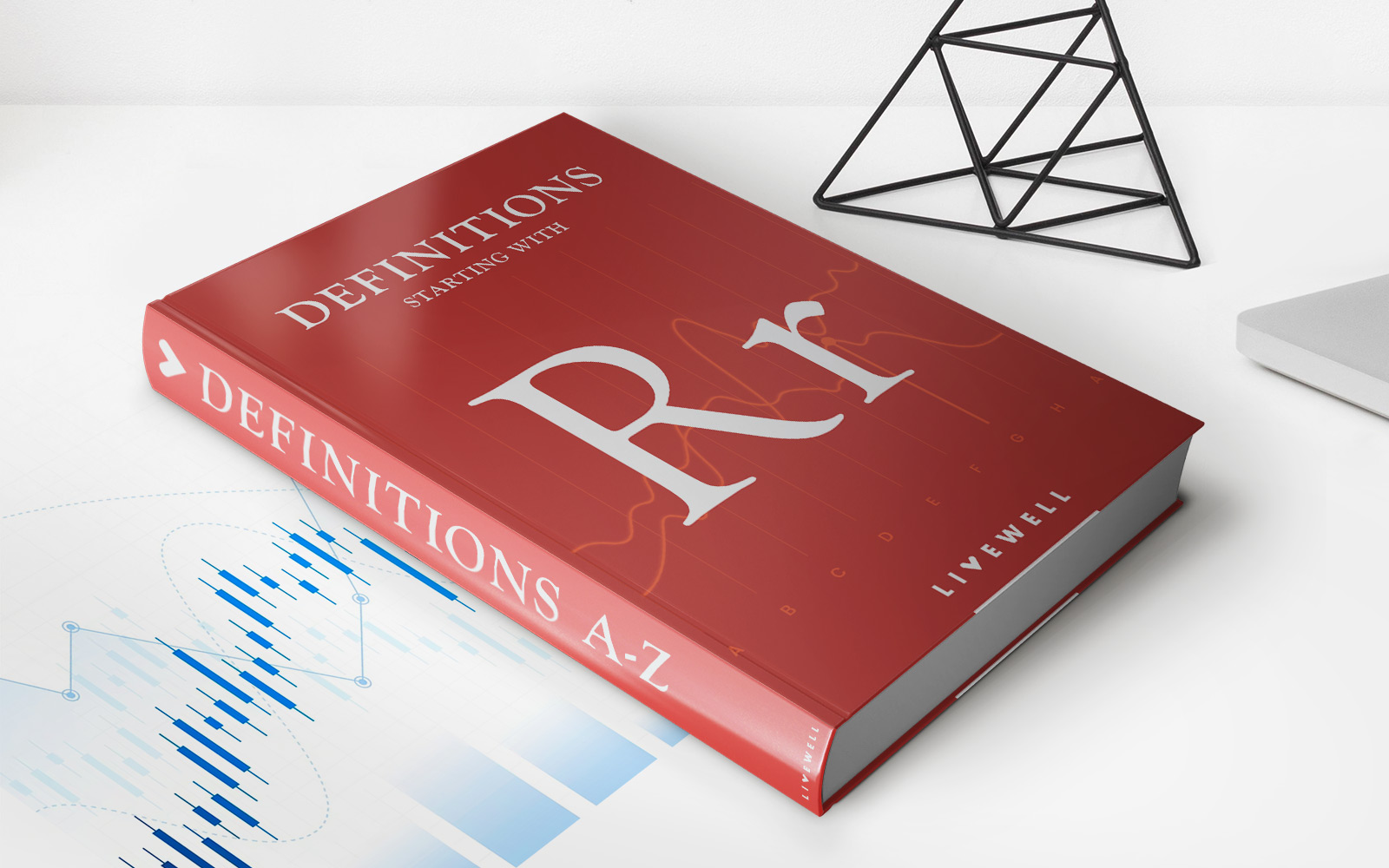

Finance
Hubbert Curve Definition
Published: December 6, 2023
Discover the meaning of Hubbert Curve in finance and its implications for resource extraction and production. Explore how this concept applies to analyzing market trends and forecasting future outcomes.
(Many of the links in this article redirect to a specific reviewed product. Your purchase of these products through affiliate links helps to generate commission for LiveWell, at no extra cost. Learn more)
Understanding the Hubbert Curve: A Tool to Predict Resource Depletion
Did you know that the world’s finite resources, such as oil, gas, and minerals, are not inexhaustible? As our global population grows and our demand for energy and commodities increases, it becomes crucial to understand how these resources will deplete over time. This is where the Hubbert Curve comes into play. In this blog post, we will delve into the definition of the Hubbert Curve, its significance in predicting resource exhaustion, and its impact on the world of finance.
Key Takeaways:
- The Hubbert Curve is a mathematical model that predicts the production and depletion of finite resources.
- It helps estimate the peak and decline of resource extraction, allowing for better decision-making in financial markets.
The Definition of the Hubbert Curve
The Hubbert Curve, also known as the Hubbert peak theory or the peak oil theory, is a method used to estimate the future output, or production, of a finite resource. The concept was developed by the geophysicist M. King Hubbert in the 1950s.
According to the theory, the production of a resource follows a bell-shaped curve. Initially, the extraction rate is low, then it increases gradually until reaching a peak, and finally, it declines rapidly as the resource becomes scarcer and harder to extract. The Hubbert Curve is designed to estimate these production patterns and predict the point at which a resource will reach its maximum extraction rate.
Predicting Resource Depletion
One of the primary purposes of the Hubbert Curve is to predict when a resource will become scarce and difficult to extract, ultimately leading to its depletion. By analyzing historical production data and understanding the geological characteristics of a resource, experts can estimate when the peak production will occur and how long it will take for the resource to be depleted entirely.
This predictive tool is particularly important in the world of finance. Understanding when a resource will reach its maximum extraction rate allows investors and policymakers to make informed decisions about resource allocation, investment opportunities, and the development of alternative energy sources. By anticipating resource scarcity, financial markets can better prepare for potential price fluctuations and develop strategies to mitigate the impact on various sectors.
The Impact on the World of Finance
The Hubbert Curve has a significant impact on the world of finance in several ways:
- Investment Decision-making: By understanding when a resource is likely to reach its peak and decline, investors can make more accurate forecasts about its long-term value. This knowledge enables them to adjust their investment portfolios accordingly, minimizing potential losses and identifying new investment opportunities.
- Policy and Regulation: Governments and regulatory bodies can utilize the Hubbert Curve to develop policies and regulations aimed at resource conservation and the promotion of sustainable alternatives. By understanding the rate of resource depletion, policymakers can implement measures to reduce waste, encourage efficiency, and support the transition to renewable energy sources.
Wrapping Up
The Hubbert Curve is a powerful tool in predicting the production and depletion of finite resources. By understanding this concept, we can make more informed decisions about resource allocation, investment opportunities, and sustainable development. In the world of finance, the Hubbert Curve plays a vital role in shaping investment strategies, policy development, and regulatory frameworks. As our global demand for resources continues to increase, it becomes more crucial than ever to apply analytical tools like the Hubbert Curve to ensure the long-term sustainability of our planet and our economy.














